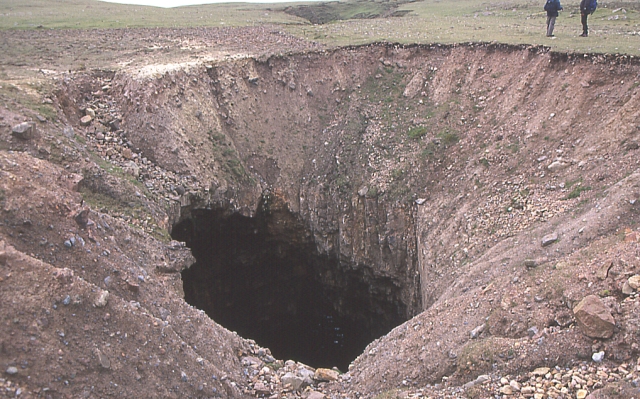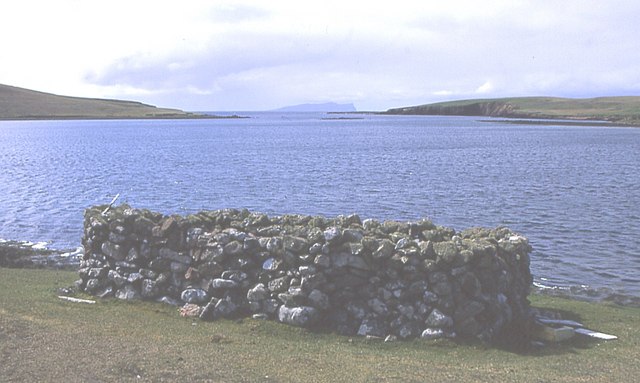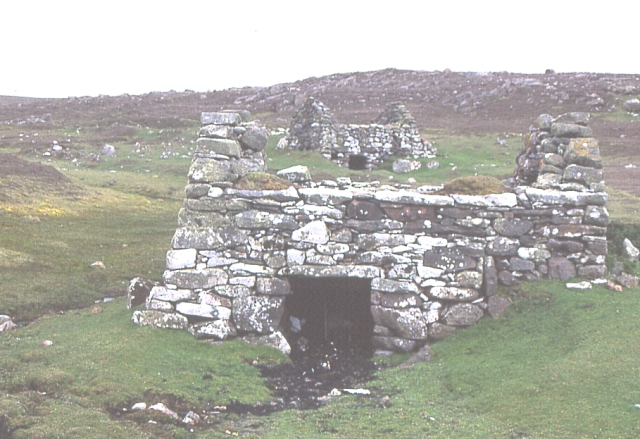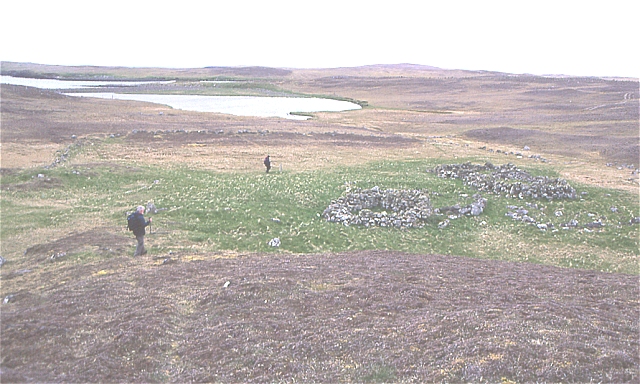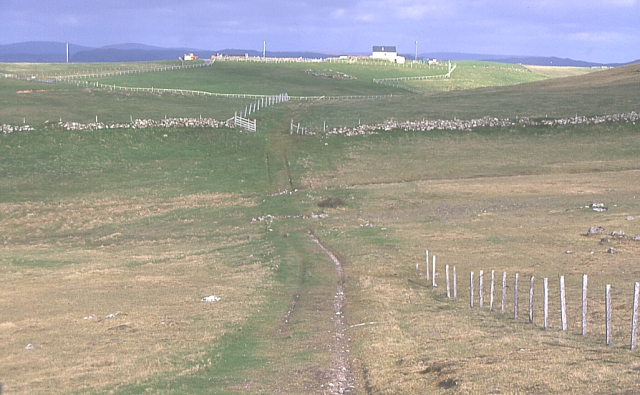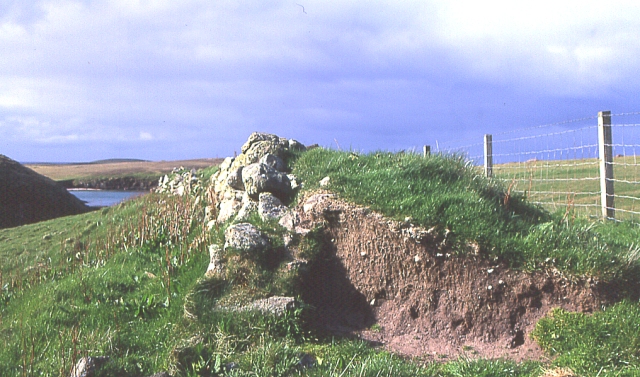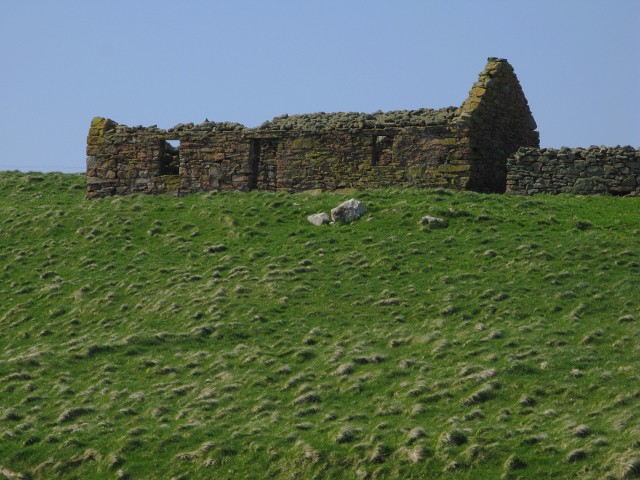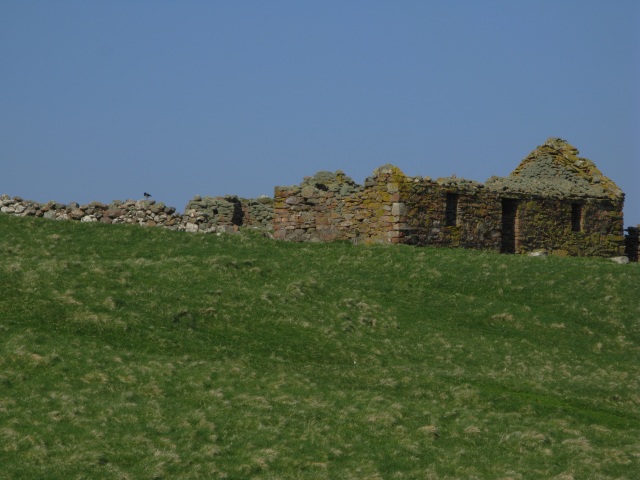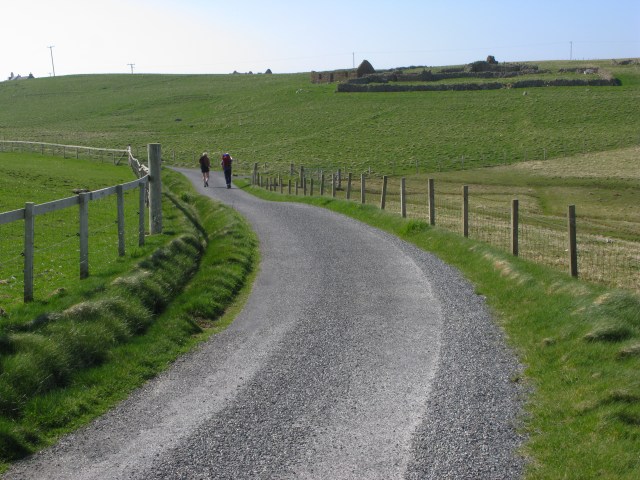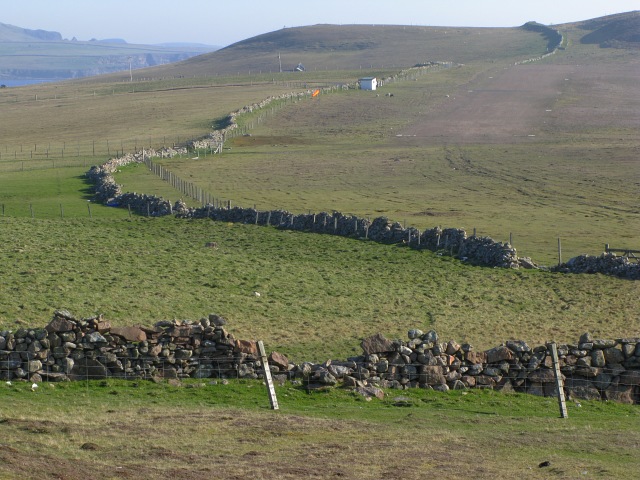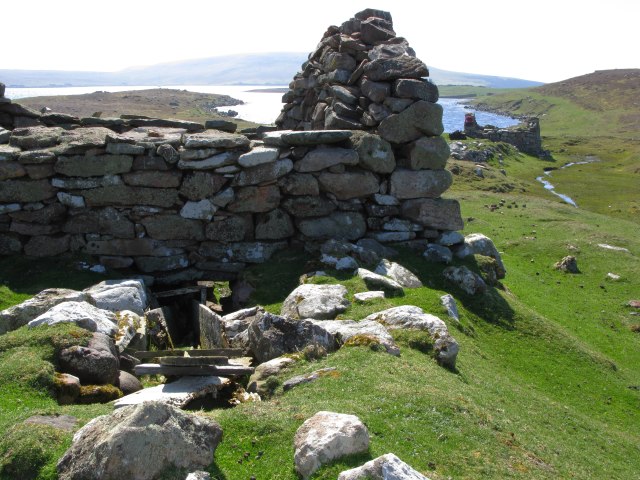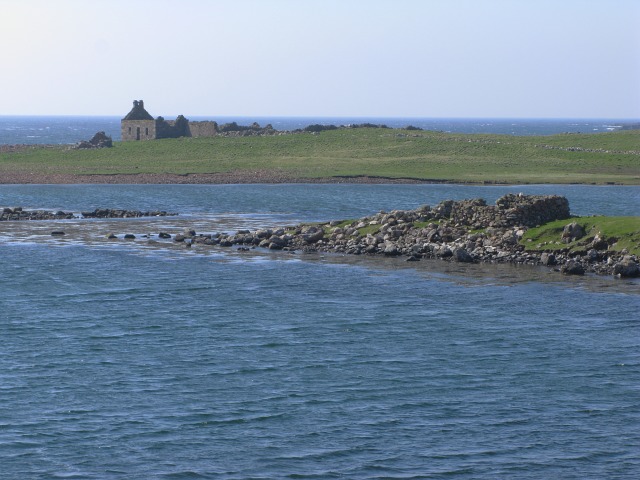Little Cals Geo
Coastal Feature, Headland, Point in Shetland
Scotland
Little Cals Geo
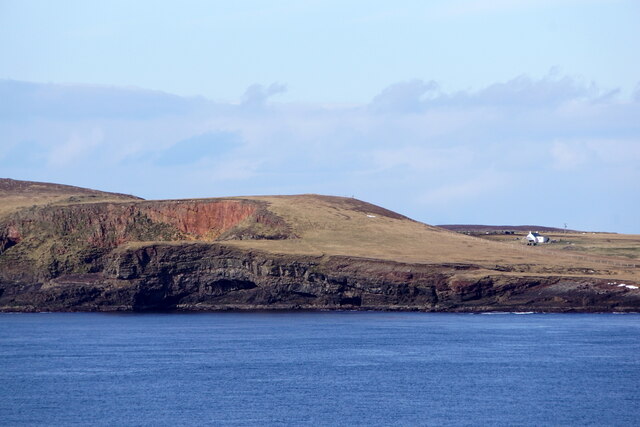
Little Cals Geo is a prominent coastal feature located on the rugged coastline of Shetland, an archipelago in Scotland. Specifically, it is situated on the eastern coast of the Shetland Mainland, near the village of Cunningsburgh.
Little Cals Geo is classified as a headland, which is a narrow strip of land that extends into the sea. It is known for its unique geological formations and dramatic cliffs, making it a popular destination for tourists and nature enthusiasts. The headland is characterized by its steep slopes, which rise up to a height of approximately 40 meters above sea level. These cliffs provide a stunning vantage point for panoramic views of the surrounding coastline and the North Sea.
At the end of Little Cals Geo, there is a prominent point that juts out into the sea. This point offers an exceptional viewpoint to observe the crashing waves and coastal wildlife, including seabirds such as puffins, fulmars, and guillemots. The area is also rich in marine life, with seals often seen basking on the rocks and occasionally dolphins or whales spotted offshore.
Access to Little Cals Geo is relatively easy, with a designated walking trail leading visitors along the cliff tops. However, caution is advised due to the steep and sometimes unstable terrain. The headland is also an important site for geologists, as its distinctive rock formations provide valuable insights into the geological history of the region.
Overall, Little Cals Geo is a remarkable coastal feature that showcases the rugged beauty and natural diversity of Shetland's coastline, making it a must-visit destination for those seeking stunning vistas and unique geological wonders.
If you have any feedback on the listing, please let us know in the comments section below.
Little Cals Geo Images
Images are sourced within 2km of 60.320563/-1.7071495 or Grid Reference HU1659. Thanks to Geograph Open Source API. All images are credited.
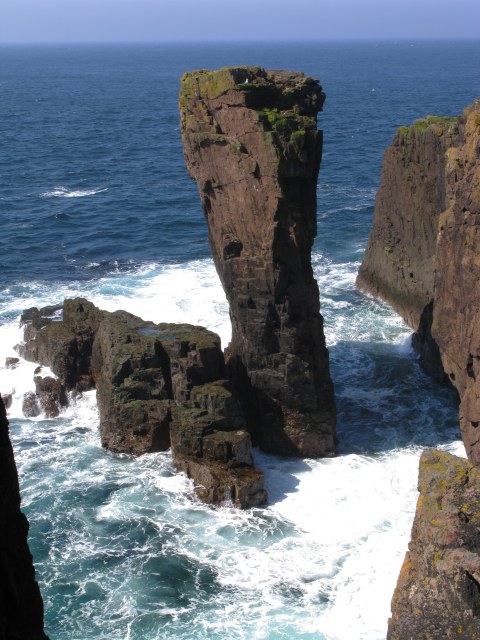
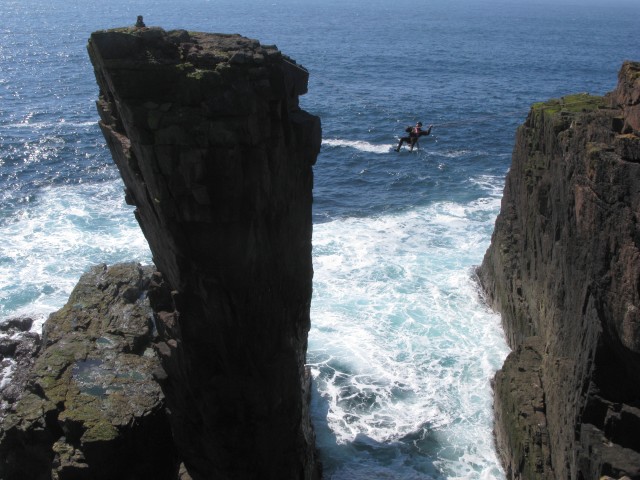
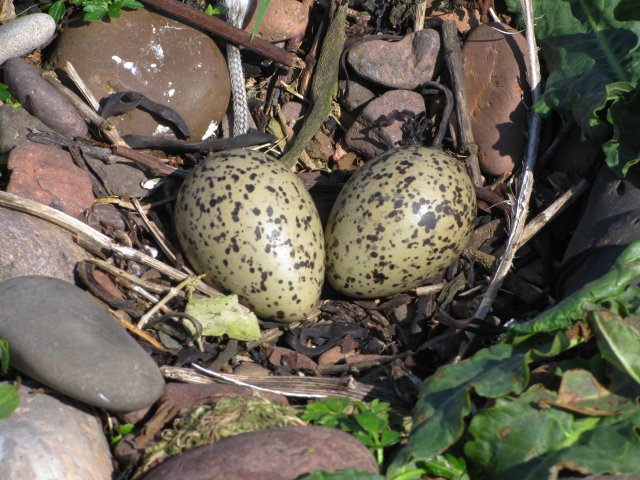
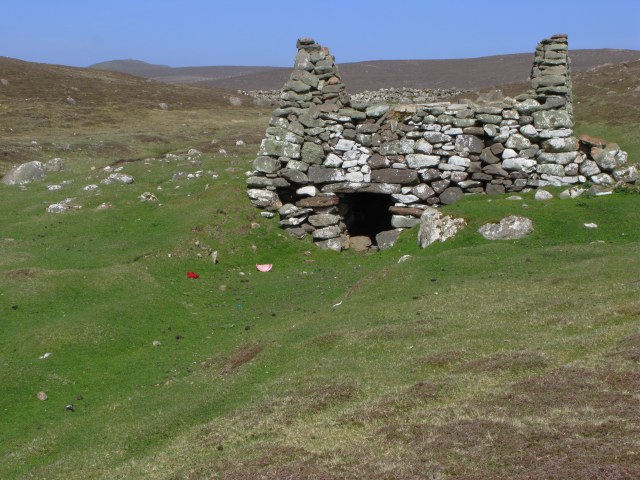

Little Cals Geo is located at Grid Ref: HU1659 (Lat: 60.320563, Lng: -1.7071495)
Unitary Authority: Shetland Islands
Police Authority: Highlands and Islands
What 3 Words
///dome.redouble.sulky. Near Walls, Shetland Islands
Nearby Locations
Related Wikis
Papa Stour Airstrip
Papa Stour Airstrip is a small airstrip in the village of Biggings on the island of Papa Stour. Shetland, Scotland. == History == Papa Stour Airstrip opened...
Papa Stour
Papa Stour (Scots: Papa Stour) is one of the Shetland Islands in Scotland, with a population of under fifteen people, some of whom immigrated after an...
Biggings
Biggings is a village on the island of Papa Stour, in Shetland, Scotland. Papa Stour's church is situated at the south of Biggings. A homestead of Duke...
Forewick Holm
Forewick Holm is a 1-hectare (2.5-acre) island in the Sound of Papa in the Shetland islands, Scotland. Located between Papa Stour and the Sandness peninsula...
Have you been to Little Cals Geo?
Leave your review of Little Cals Geo below (or comments, questions and feedback).
